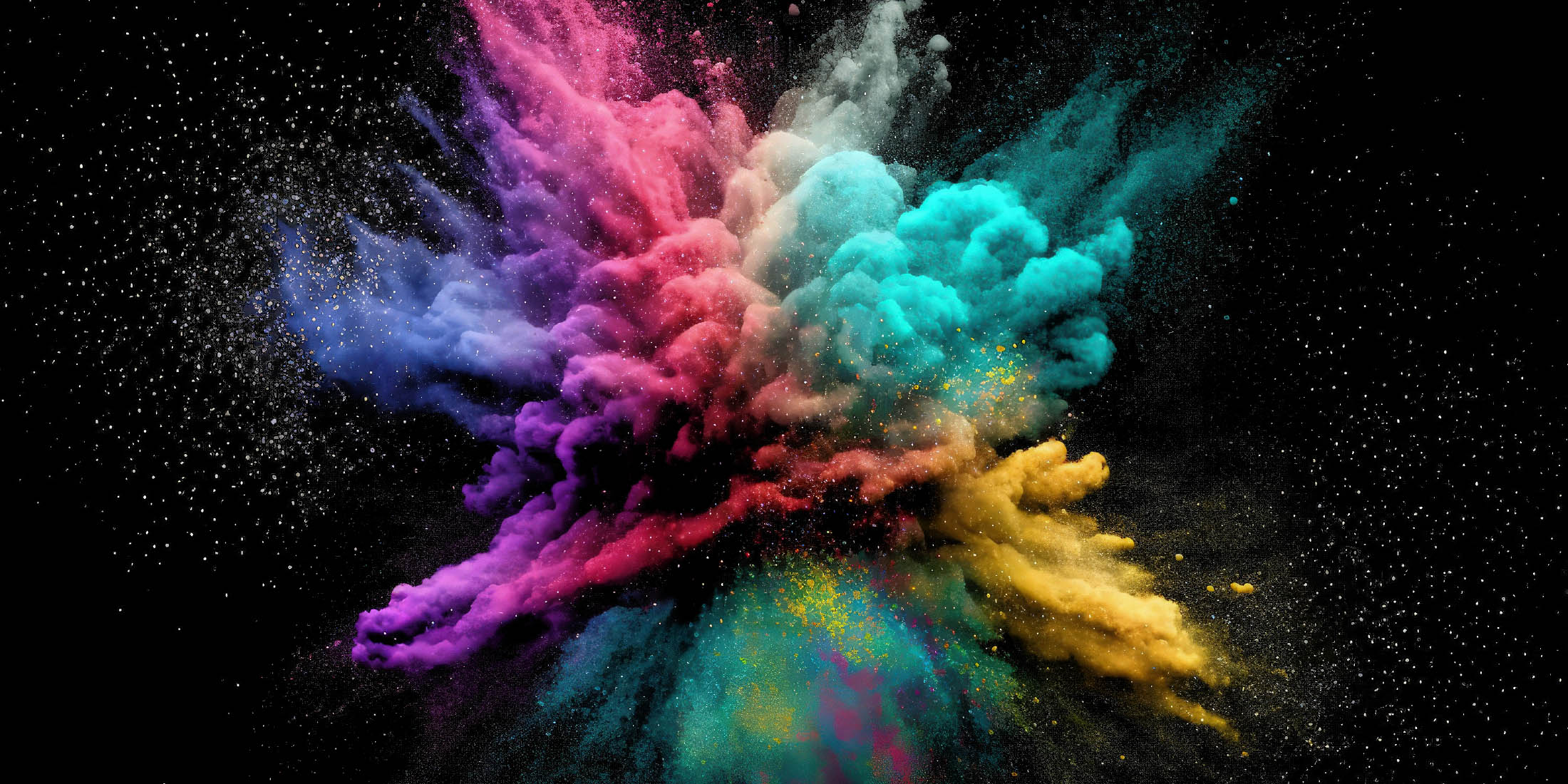We were all raised around glitter. The petroleum-based, synthetic aesthetic accent, makeup ingredient, and holiday decor enhancer. We all used it for projects in elementary and middle school at some point. And at some point, we’ve all had it stuck in our clothes or on our skin, unable to extract or remove it for days, even weeks on end.
And oddly enough, as a product and an industry, glitter is shrouded in mystery. Not only are the companies that make it exceptionally secretive about the complicated proprietary chemical processes used to create the strange substance, but the glitter industry is also impenetrably tight-lipped about who its largest client is.
That’s right — the glitter industry has a main squeeze. And they refuse to tell anyone who it is, where all that glitter is going, or why this invested client is buying so much of it. No one even knows what industry this secretive buyer comes from. All we know comes from a New York Times interview with the CEO of one of the largest glitter manufacturers in the world, Glitterex.
After flat out refusing to identify the buyer, the journalist asked Glitterex’s CEO if they knew what industry the buyer came from. The CEO admitted that yes, they did, “And you would never guess it.”
Something dastardly afoot here dear, readers. No one, and I repeat no one needs that much glitter. A single pound of the stuff could contaminate an entire embassy, landmark or museum. Glitter terrorism is a real threat. And if someone’s out there stockpiling — or worse yet, actively using — that much glitter, the implications could be serious.
WTF is Glitter?
Glitter as we understand it is a complicated petroleum-based product. In the simplest terms: it’s tiny plastic prisms, not unlike the Pink Floyd album, produced en masse. Each and every different color is engineered to reflect and shimmer different wavelengths of light. So when you’re at a rave, orgy, or holiday party and you see glitter, glittering, you’re seeing light sparkling across specific spectrums of color, some nerdy materials engineer cooked it up in a laboratory.
At its core, though, glitter is a shiny polyethylene terephthalate — or PET — a semi crystal polymer. It’s essentially highly processed oil, sold by the pound. And with enough of it, you could… well…
What could you do with that much glitter?
You have to imagine, the largest glitter buyer isn’t dealing in small quantities of this stuff. So where could all that glitter possibly be going? And why the secrecy around it?
Some minds might jump to Jeffery Epstein-style parties for the uber-wealthy, hosted on private island mansions. Or sparkling underground rave sex party festivals, where scantily clad dancers blast crowds with glitter firehoses.
But that all seems too obvious. And anyway, there would be evidence — people would see truckloads of glitter being hauled away or delivered. And questions would be raised.
Wherever this glitter is going has to be somewhere it doesn’t come back from.
Could it be going into food products, then? And into our stomachs? We’ve all seen glitter beer and glitter cakes. Could it be the case that glitter is actually an extremely popular ingredient in a common food item? Like cereal? Or toothpaste?
It isn’t beyond the realm of possibility. But a more sinister and perhaps, more likely possibility is that this raw petroleum product is going into some kind
of explosives.
Glitter Bombs
Glitter bombs are a largely harmless, and morally-depraved means of pranking your friends (or attacking your enemies). But what if glitter was actually used to make real bombs? After all, as a raw petroleum product, it’s an ideal incendiary ingredient to use inside explosives. So is it the US military buying up all this glitter? The most machismo, biggest dick-swinging outfit on Earth — are those guys the glitter industry’s main squeeze? When an Afghani civilian dies in a drone strike, is the last thing they see a flash of sparkling color? Is their corpse left covered in rubble
and glitter?
It’s a dark irony I wouldn’t put past the US military. But there’s one other, far more festive possibility here — because some explosives are designed to amaze and delight people. If I had to put money on an answer as to who is buying all this glitter, I’d probably point my finger at the fireworks industry. Just imagine all those spiraling, crackling, sparkling explosions we all associate with New Year’s and the Fourth of July. They almost scream of glitter — and both of those industries would likely want to keep their relationship on the down low.



Leave a Reply
You must be logged in to post a comment.